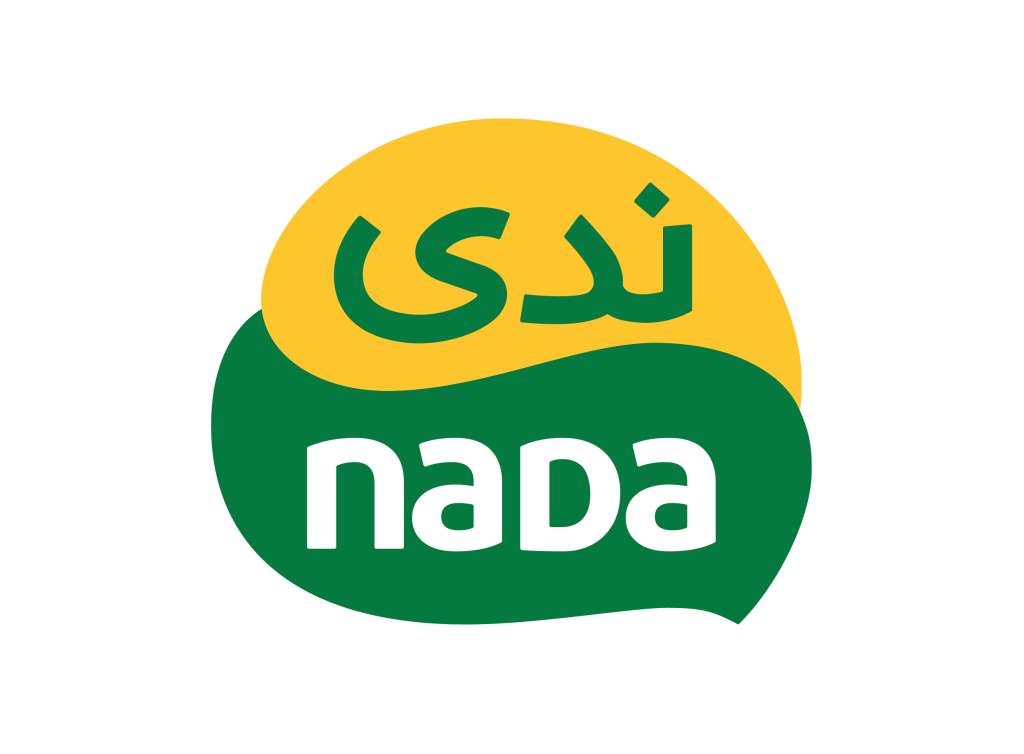Nutrition labels on food products are an important tool that helps you choose the right food for your health. However, many people read them quickly or incorrectly, which can affect their dietary choices.
In this article, we explain simple and easy steps to help you understand nutrition labels properly so you can make better food decisions.
Start by reading the Serving Size
The serving size is the amount on which the rest of the nutritional information is based.
For example, a serving might be one cup or 100 grams. Make sure to compare the amount you consume with the serving size listed, so you don’t unknowingly consume more than intended.
Know the Calories
Calories tell you the amount of energy provided by one serving of the product.
If your goal is to lose or maintain weight, monitor the number of calories you consume daily.
Check the Fats
Total Fat
Saturated Fat
Trans Fat
Reduce saturated and trans fats as they negatively affect heart health.
Watch the Sugar Amount
Look at the total sugar, especially the added sugars.
Added sugars increase calories without nutritional benefits, so try to limit them.
Pay Attention to Sodium
Sodium is linked to high blood pressure, so be cautious of products with high sodium content.
Monitor Protein and Fiber
Protein helps build muscles, and fiber supports digestion and promotes a feeling of fullness.
Read the Ingredients List
Ingredients are listed in order by quantity, meaning the first ingredient is the most abundant.
Avoid products with many artificial additives or complicated names that are hard to pronounce.
Final Tip:
Don’t rely solely on the numbers on the label; make them part of your overall dietary decisions. Choosing healthy and varied products ensures a balanced diet.

